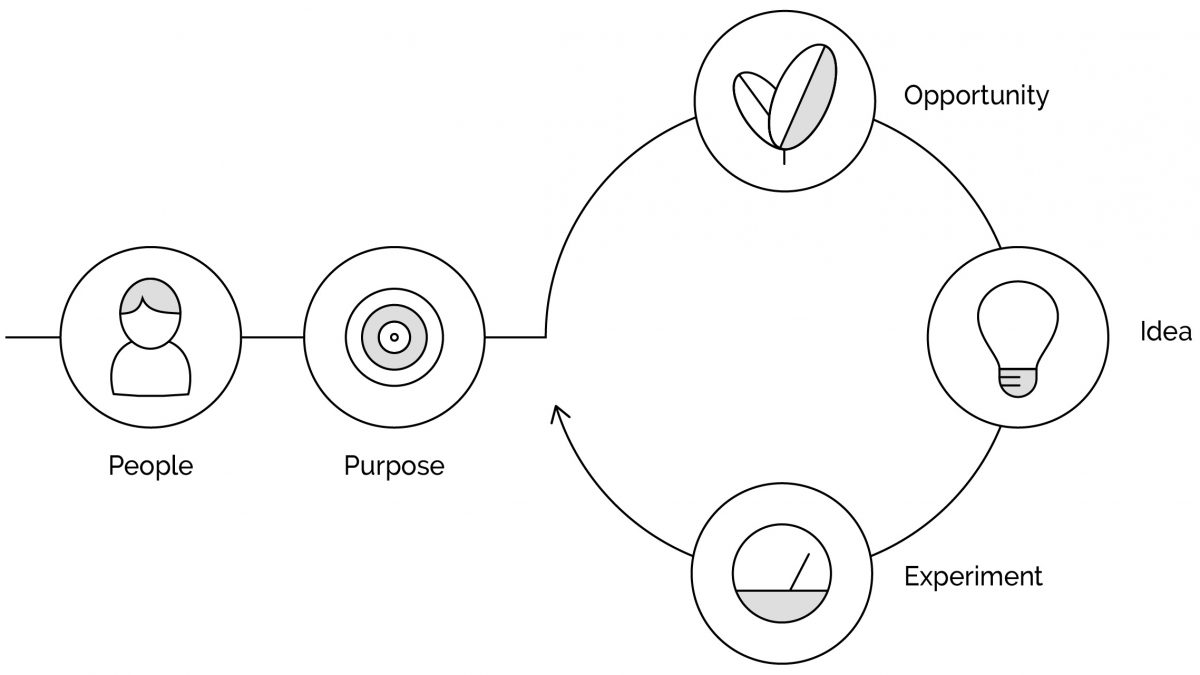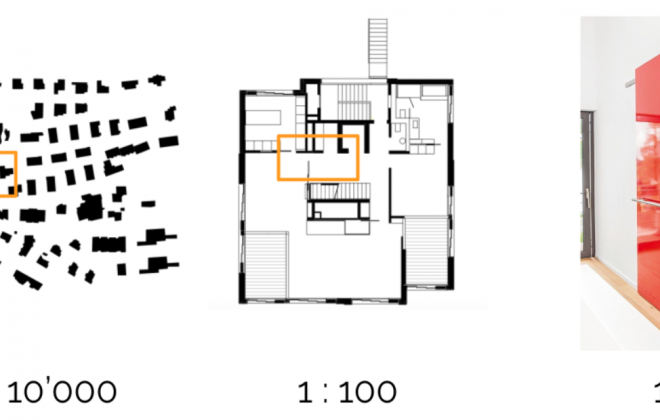Lean Service Design Cycle
Welcome to the start of our series in which we would like to introduce you to the Lean Service Design Framework in all its facets. We will discuss the most important canvases, explain their objectives and strengths, as well as theoretical background information on important aspects of service design.
In order to work with the Lean Service Design Framework, you need to understand the underlying structure. And how simple it is.
We can only meet today’s customer expectations if we identify opportunities, generate ideas, test them and learn as much as possible in rapid cycles. Eric Ries and Ash Maurya speak of continuous innovation and outline a lean process based on the three steps: Build, Measure, Learn. LSD also relies on this “Lean Cycle”. The canvases guide you step by step through a lean, fast process.
But before you step into this cycle, there are some basic questions to be answered. The most important one is the reason for your undertaking. Or as Simon Sinek puts it in his highly acclaimed TED Talk: “Start with the why!” Why are you doing this? And for whom are you doing it? These questions are answered in the first two canvas steps in LSD. First, you use the People Canvas to get to know the people and their needs, then you align them with the business goals and thus work out the “Purpose”. The corresponding Purpose Canvas will accompany you throughout the entire project and serve as a reference for all further steps. The canvas will be most helpful when you need to prioritize. No matter if you have ideas, experiments or features, you can always go and see if they contribute to the purpose or to one of the defined customer or business goals.
Once you have clarified these questions and defined the purpose, you can use the Customer Journey – or “Experience Flow” as we call it – to identify opportunities and fields of action that offer real added value to you and your customers. Each field of action provides you with a framework in which you can express your creativity and develop detailed ideas on how to solve a problem or address a need in the best possible way. Ideally, the ideas are developed as scenarios or micro flows that visualize users and interactions. You will have to rate each idea based on the value propositions on the purpose canvas, because you can only test the best ideas. Special prioritization canvases will help you with this, which we will discuss in later posts.
Even the most promising ideas are based on assumptions that need to be tested before decisions are made and implemented. In the final step of the Lean Cycle, you must therefore use the Experiment Board Canvas to formulate these experiments and define how and what you want to measure. Once the experiments are completed, you will know what works and what doesn’t and can start the next iteration.
The five steps of Lean Service Design can even be developed in a team in a single week. We call it “Lean Service Design Sprint”. This enables you to develop innovative ideas in a very focused way and to test them in concrete experiments. Each of the five steps is represented by a canvas that confronts you with the relevant questions and gives you the right level of detail. This is what makes LSD so simple, structured and therefore user-friendly:
People: Perona Canvas
Purpose: Purpose Canvas
Opportunities: Experience Flow Canvas
Ideas: Micro Flow Canvas
Experiments: Experiment Board Canvas



